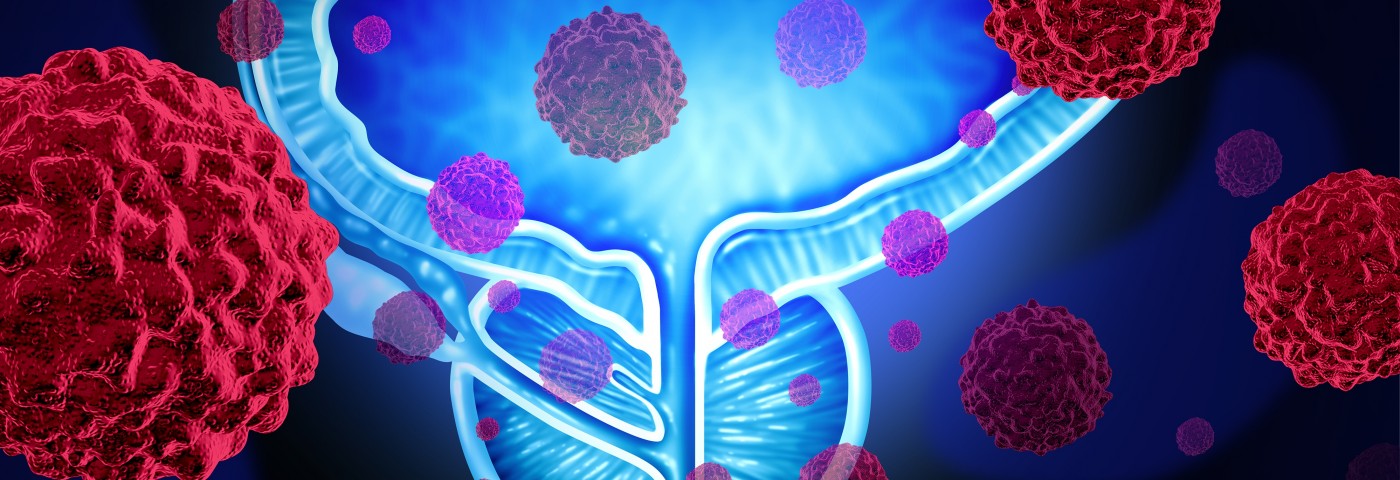A potent neurotoxin known as Onabotulinum toxin A appears to treat lower urinary tract symptoms (LUTS) by inhibiting a neuropeptide involved in inflammation and pain, researchers investigating the toxin’s mechanism of action reported in the study, “Effect of Onabotulinum Toxin A on Substance P and Receptor Neurokinin 1 in the Rat Ventral Prostate,” published in the journal Andrology.
Benign prostatic hyperplasia (BPH), a condition that leads to an enlarged prostate gland, is associated with bladder outflow obstruction and a series of lower urinary tract symptoms, relatively common ailments but ones that can significantly affect a patient’s quality of life. Onabotulinum toxin A (BoNTA) has been widely used in clinical trials for the treatment of overactive bladder. But these studies into BoNTA’s effectiveness for the treatment of LUTS and BPH report inconclusive results, and its mechanism of action remains unclear.
Borrowing findings from studies in rats that suggest BoNTA injection causes prostate denervation, apoptosis, and atrophy, researchers set out to examine a potential mechanism by which sensory innervation may impact LUTS. Specifically, they wondered if BoNTA treatment inhibits substance P production in sensory nerve fibers in the rat prostate. Substance P is a neuropeptide, found in the brain and spinal cord, that is involved in the inflammation process and pain.
The scientists divided 20 rats in four groups: six were injected with saline solution in the ventral prostate, six were treated with 2.5 units of BoNTA, six were treated with 5 units of BoNTA, and the remaining two with sham surgery. Several assays in neurons and nerve fibers were performed to determine the localization and quantification of substance P, revealing it to be localized in neuronal axons and bundles in the ventral prostate. This substance was also found to decrease by about 90 percent after BoNTA treatment.
“In conclusion, these results show that BoNTA treatment decreases substance P in the rat VP [ventral prostate]. These results provide a possible mechanism of how BoNTA treatment improves LUTS in treated patients and suggests that interference with prostatic nosiception may be an important factor in the LUTS/BPH patient,” the researchers wrote.

